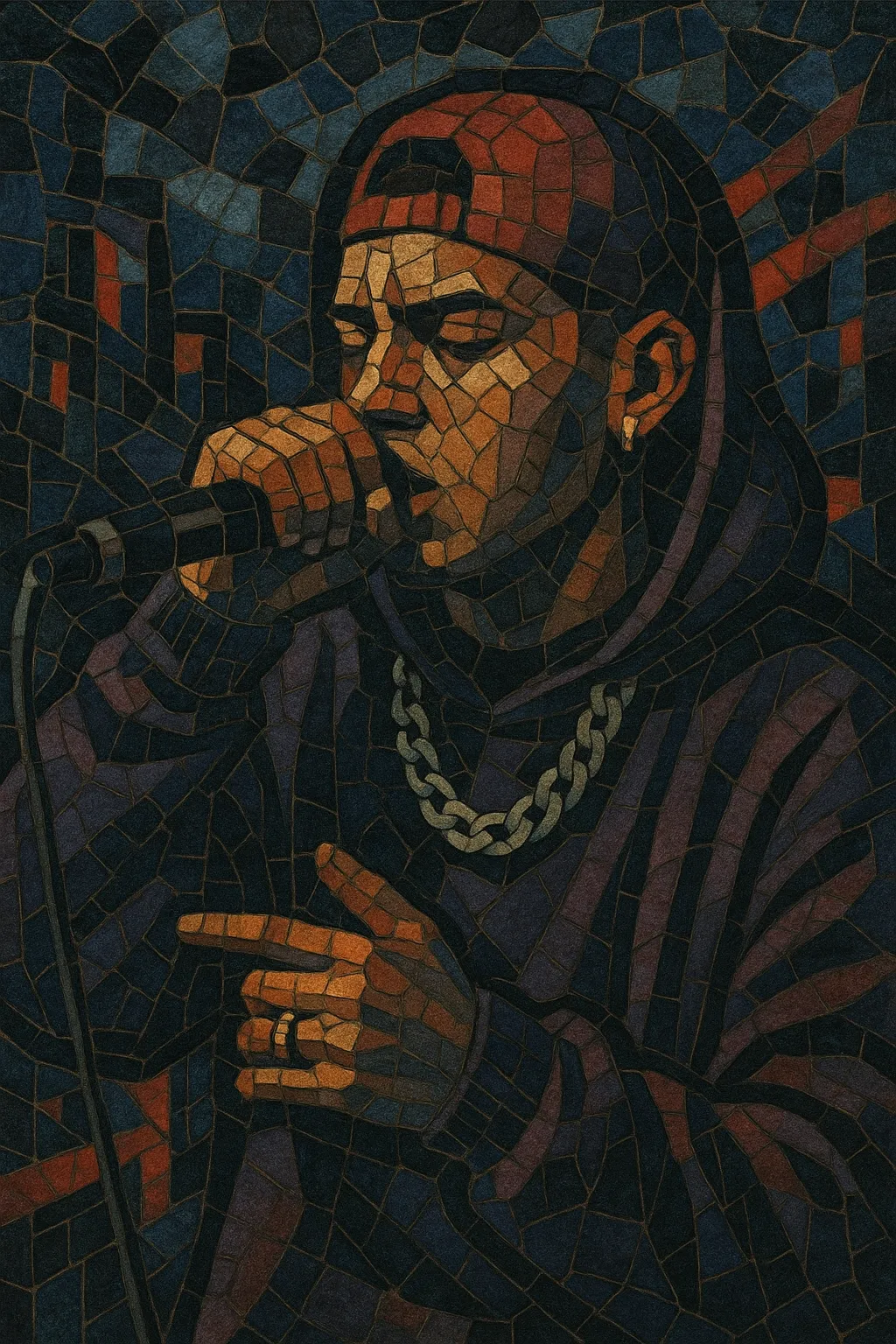Chilean trap is the Chilean iteration of Spanish-language trap that fuses the dark, half‑time bounce of U.S. trap with reggaeton’s urbano sensibility and local slang, cadences, and storytelling.
It is characterized by 808-heavy, minor-key instrumentals, rapid hi-hat programming, and Auto-Tuned melodies that alternate with gritty rap verses. Lyrically, it moves between street realism and late-night romance, often coded with chilenismos and references to Santiago’s barrios.
While rooted in trap, the scene frequently cross-pollinates with dembow/reggaeton rhythms, R&B-inflected hooks, and occasional drill-esque textures, creating a flexible urbano palette that spans club anthems and moody, introspective cuts.
Chilean trap emerged in the mid-2010s as local artists absorbed the global rise of U.S. trap and Latin trap while channeling Chile’s longstanding hip hop culture. Early uploads on YouTube and SoundCloud, low-budget videos shot in Santiago’s neighborhoods, and a DIY beat economy laid the foundation. Artists like Ceaese, Gianluca, and DrefQuila helped define an Auto-Tuned, melodic yet street-oriented approach that felt distinct from earlier Chilean reggaeton.
By the late 2010s, collectives and collaborations accelerated growth. Pablo Chill‑E’s Shishigang became a focal point for raw street narratives, while artists like Polimá Westcoast and Young Cister popularized a sleeker, R&B‑leaning blueprint (often tied to the Brokeboys/brokeboi wave). Cross‑city features, viral freestyles, and prolific single drops created a fast-moving ecosystem that rewarded immediacy and personality.
International attention spiked around 2019–2020, as Chilean voices appeared on high-profile Latin releases and playlists. The scene’s versatility—seamlessly bending trap toward reggaeton/dembow and pop-urbano—helped several artists break into radio and streaming charts domestically and across the Southern Cone. Viral anthems and arena-ready hooks carried Chilean trap into the mainstream without abandoning its neighborhood DNA.
In the early 2020s, Chilean trap diversified further: some acts leaned into darker, bass-forward beats; others pivoted toward glossy perreo and crossover pop-urbano, bringing trap’s topline and 808 language with them. The result is a porous boundary between trap, reggaeton, and R&B, with Chilean slang and identity serving as a unifying thread across styles.
Chilean trap revitalized the country’s urbano pipeline, providing a distinct accent, cadence set, and collaborative culture that influenced the newest wave of Chilean reggaeton and adjacent local scenes. It also demonstrated that globally legible trap sonics could carry a strong, localized identity in Spanish.


